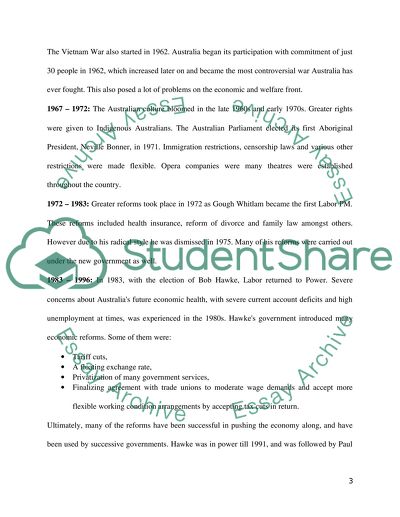Cite this document
(“The Australian Welfare State from 1945 to 1996 Essay”, n.d.)
Retrieved from https://studentshare.org/history/1570846-the-australian-welfare-state-from-1945-to-1996
Retrieved from https://studentshare.org/history/1570846-the-australian-welfare-state-from-1945-to-1996
(The Australian Welfare State from 1945 to 1996 Essay)
https://studentshare.org/history/1570846-the-australian-welfare-state-from-1945-to-1996.
https://studentshare.org/history/1570846-the-australian-welfare-state-from-1945-to-1996.
“The Australian Welfare State from 1945 to 1996 Essay”, n.d. https://studentshare.org/history/1570846-the-australian-welfare-state-from-1945-to-1996.


